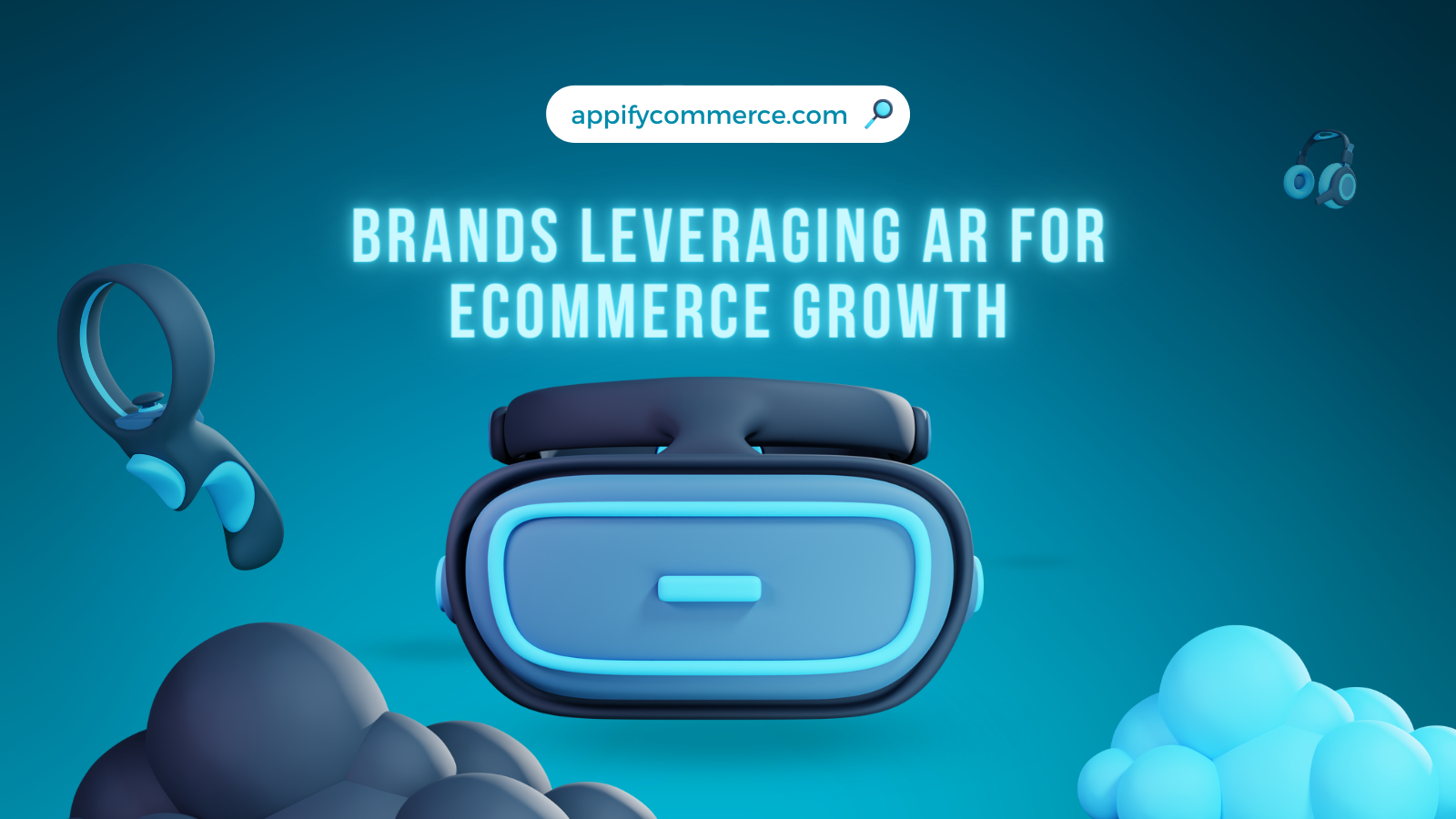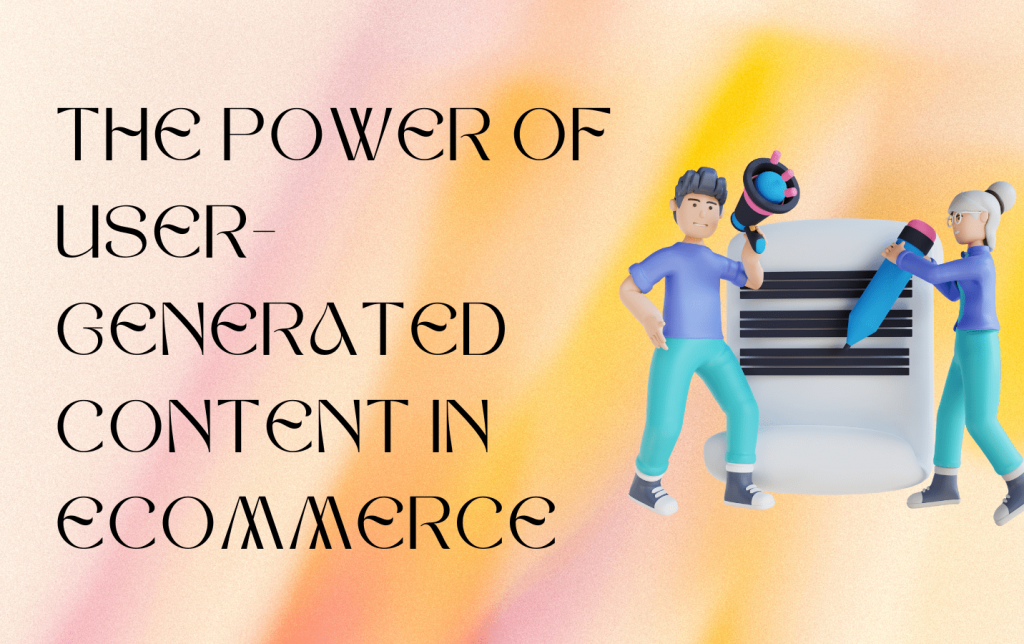- IKEA Place: Revolutionizing Furniture Shopping
IKEA’s AR app, IKEA Place, allows users to visualize furniture pieces in their homes before purchasing them. This groundbreaking app has helped reduce product returns by 20% and has increased online sales by 35% since its launch in 2017. By providing an immersive, true-to-scale experience, IKEA Place has enabled customers to make more informed decisions when shopping online.
- Sephora Virtual Artist: Changing the Way We Buy Makeup
Sephora, a leader in the beauty industry, has integrated AR technology into their app with the Virtual Artist feature. This tool allows users to virtually try on makeup products using their smartphone’s camera. Since its launch, Sephora has reported a 200% increase in engagement within the Virtual Artist section of the app and a 30% increase in lipstick sales. The success of Sephora’s AR implementation demonstrates the value of an interactive and personalized online shopping experience.
- Nike Fit: Finding the Perfect Fit with AR
To tackle the challenge of finding the perfect shoe size, Nike introduced its innovative AR tool, Nike Fit. By using the smartphone’s camera to scan the user’s feet, Nike Fit recommends the optimal shoe size for each style. This AR-powered feature has led to a 20% reduction in product returns related to sizing issues and a 15% increase in online sales.
- Warby Parker Virtual Try-On: Reinventing the Eyewear Industry
Online eyewear retailer Warby Parker has integrated AR technology to allow customers to virtually try on glasses before purchasing. The Virtual Try-On feature uses facial mapping to overlay frames onto the user’s face, resulting in a seamless shopping experience. Since its implementation, Warby Parker has experienced a 50% increase in online sales and a 35% reduction in product returns.
- Converse Sampler: Discovering Your Next Pair of Sneakers
Converse introduced its Sampler app, which enables users to virtually try on various shoe styles and colors by simply pointing their smartphone at their feet. The AR technology has significantly increased customer engagement and satisfaction, leading to a 25% increase in sales and a 20% reduction in returns.
These real-world examples showcase the immense potential of Augmented Reality in eCommerce. By providing a more engaging and personalized shopping experience, AR technology has helped brands reduce returns, increase customer satisfaction, and drive eCommerce growth. As AR continues to advance and become more widely adopted, it will undoubtedly play an even larger role in shaping the future of online shopping.


